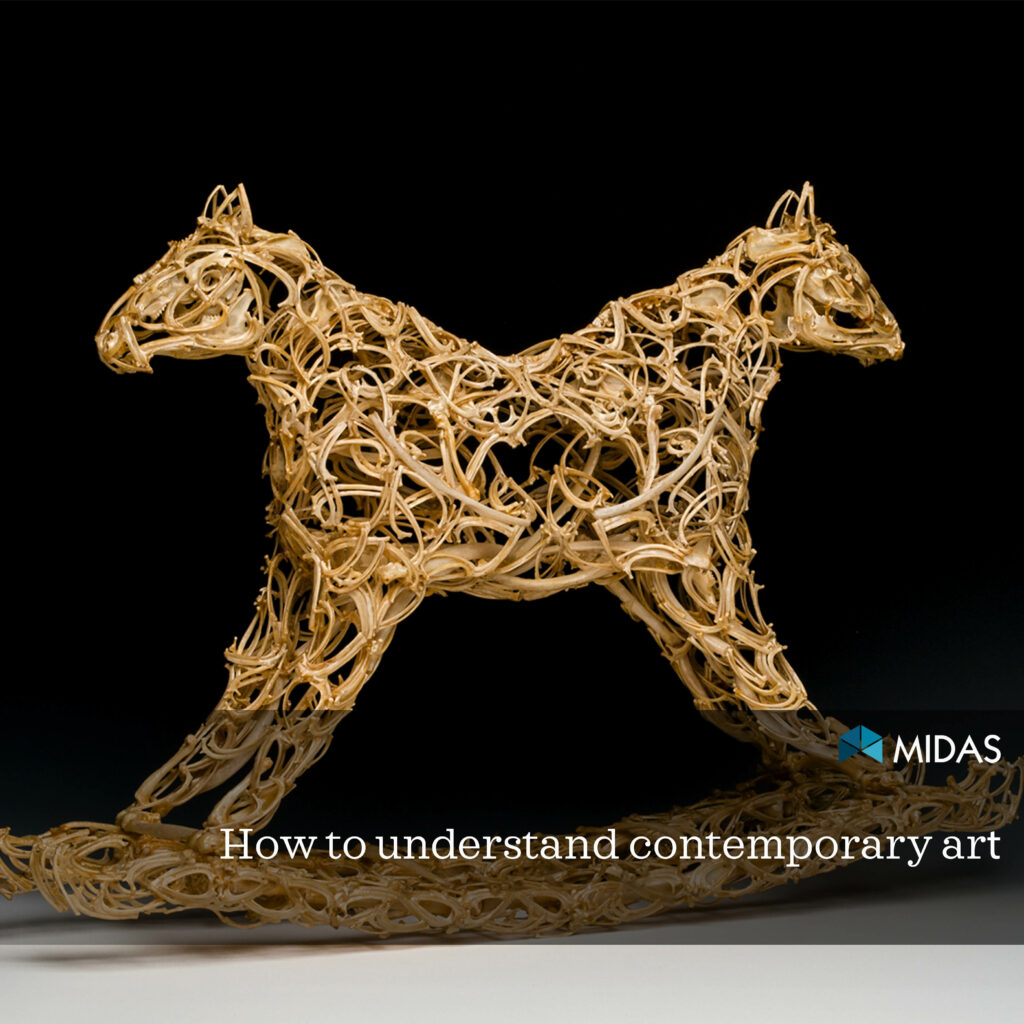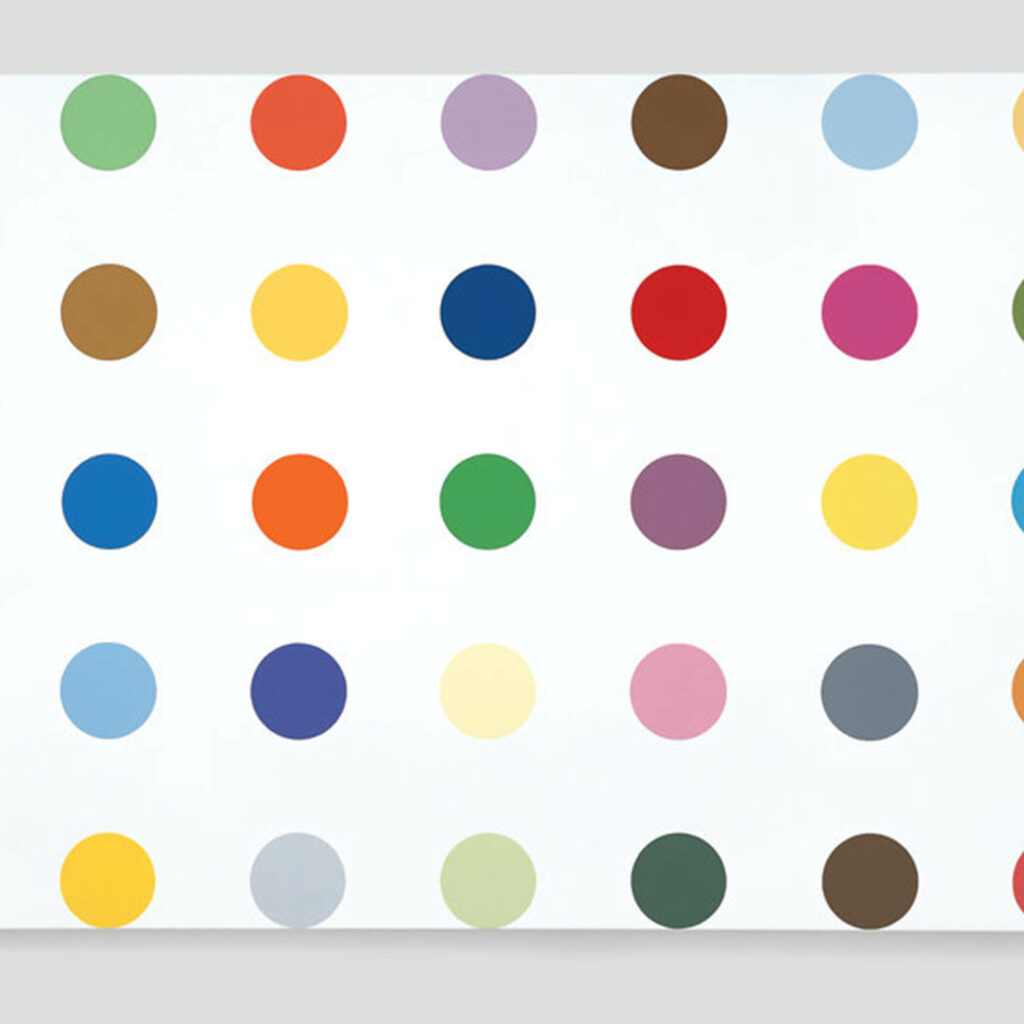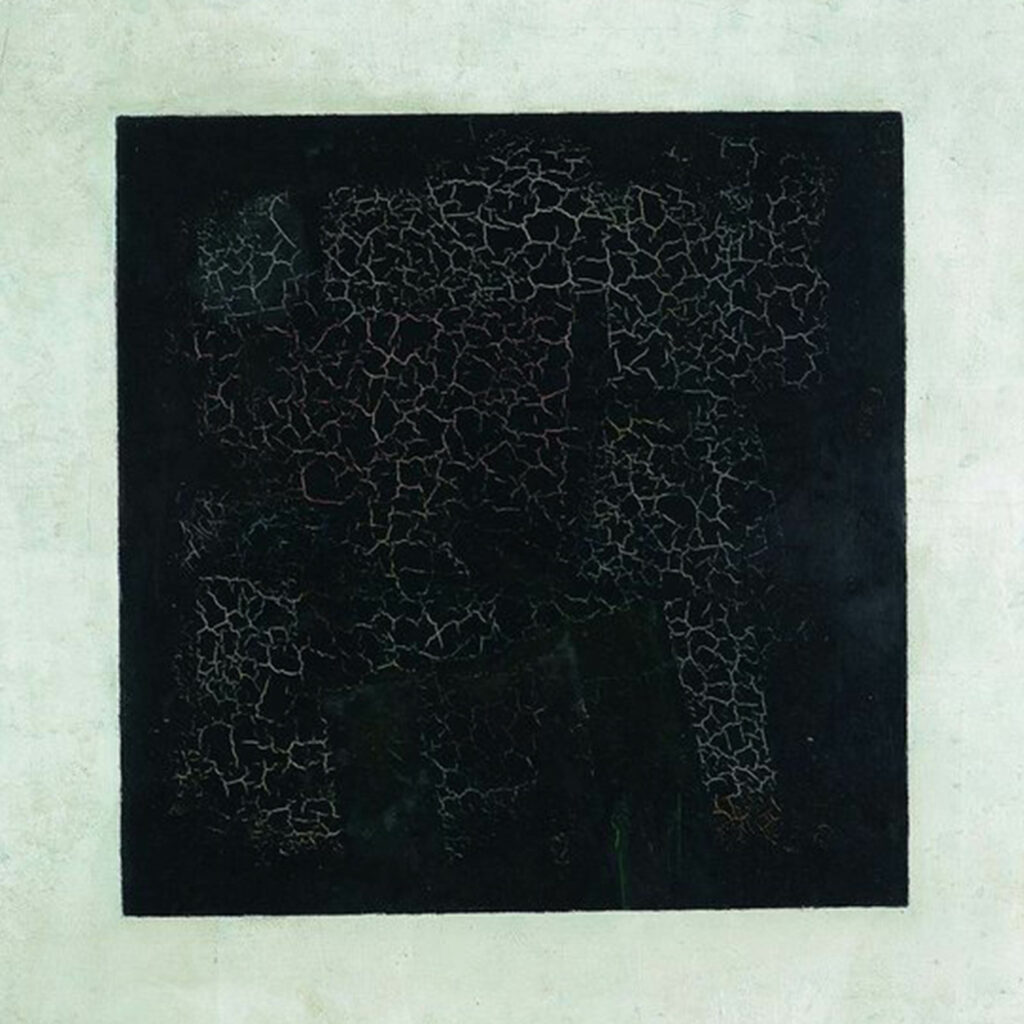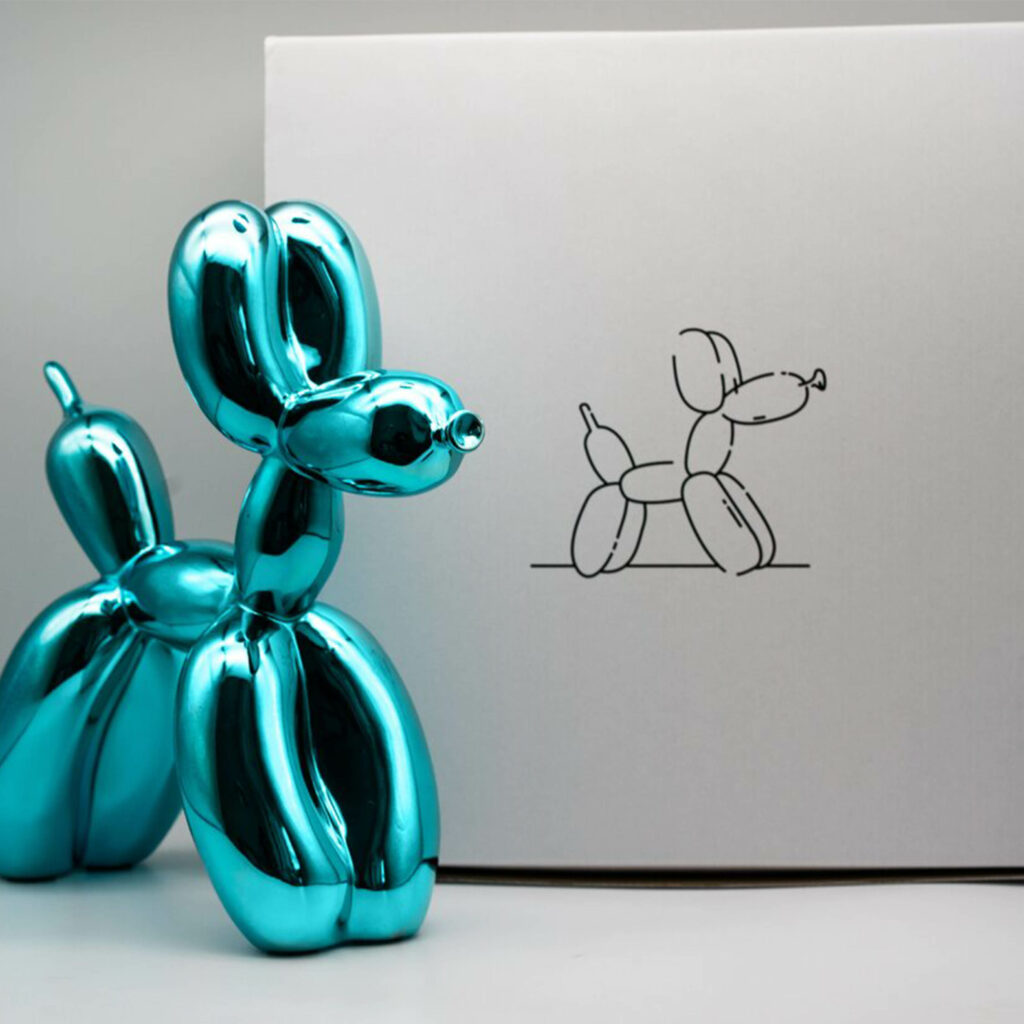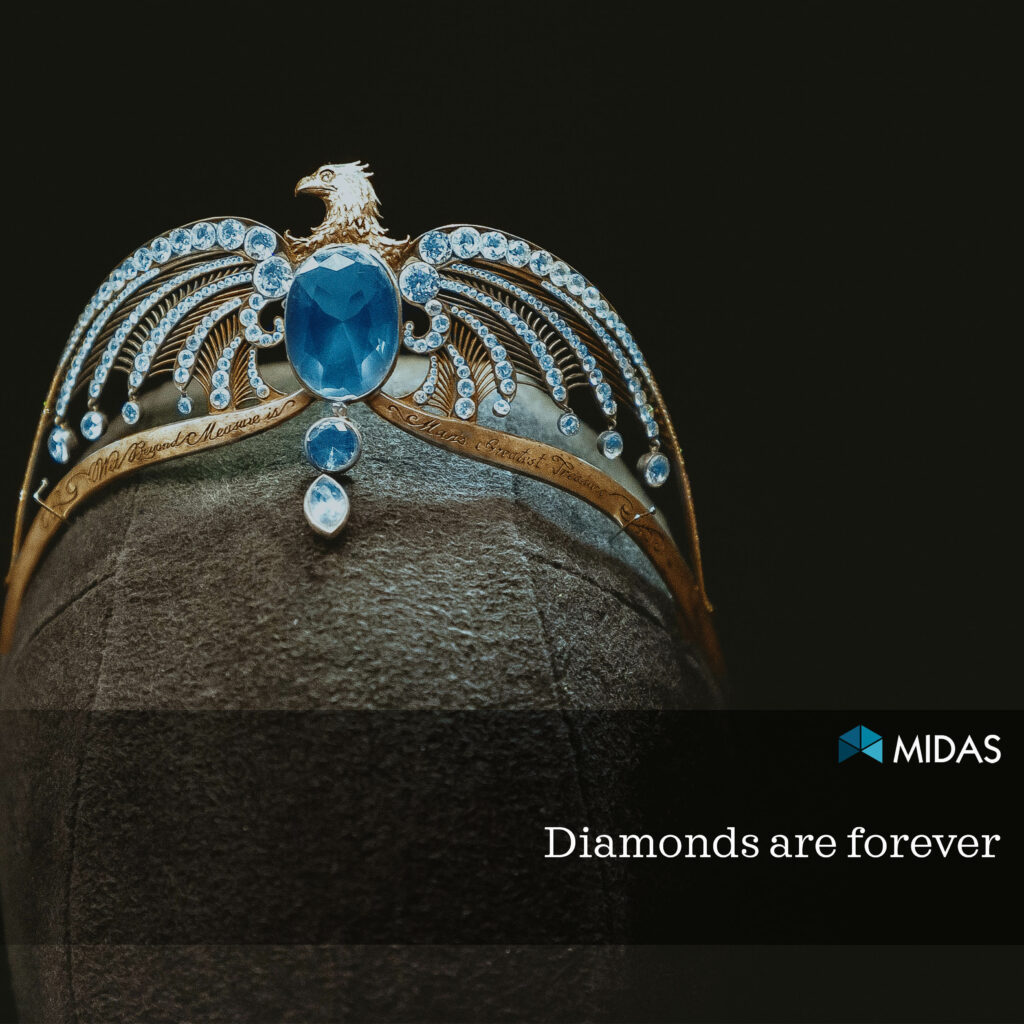
Diamonds, the most popular gemstone, have connotations of high class and sophistication. They are associated with power, success, glamour and, of course, the symbol of devoted and ever-lasting LOVE.
1477 was the first time that diamonds were documented as the material symbolism of love when Archduke Maximillian of Austria proposed to Mary of Burgund using a diamond ring. This is the oldest record of these precious gemstones being used as part of a marriage proposal.
This suggestion is optimised in the cleverly crafted 1947, De Beers advertising campaign, which used the tag line ’Diamonds Are Forever’. Diamonds are indeed indestructible, they will never wear down, scratch, or be destroyed. The symbolism behind being gifted a diamond indicating that a persons love will last forever and never fade. Diamonds in a ring indicate a lifelong commitment. They will last forever and can be passed down through generations to come as a precious family heirloom.
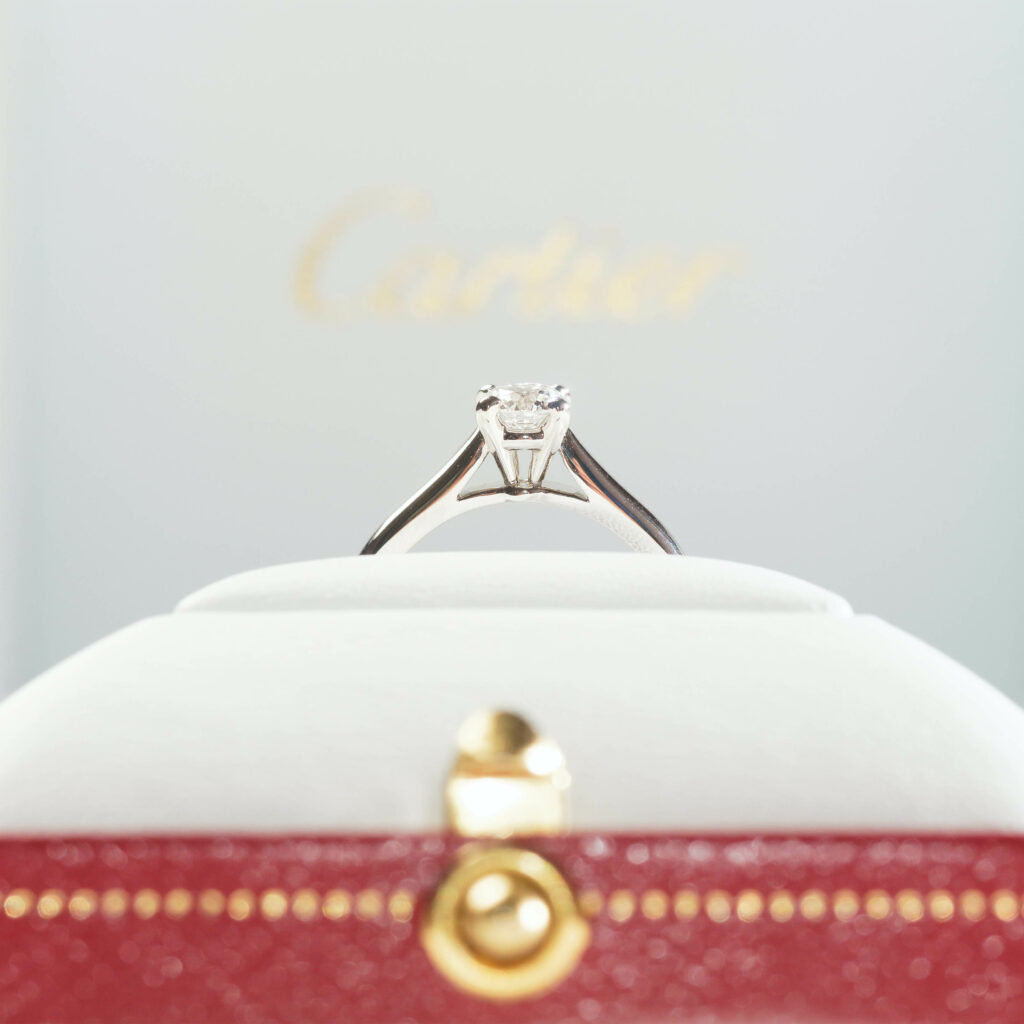
In the 1950s Marilyn Monroe reaffirmed that ‘Diamonds are a Girls Best Friend’ in the hit movie ’Gentlemen Prefer Blondes’. This increased their popularity furthermore. But what are the other reasons why they are known to be our ‘best friend’?
- They are a good investment, they can be traded at any point too.
- They are seemingly ‘crisis-proof’ and hold value.
- The fact that they are highly quality controlled also makes them an even more attractive investment/purchase.
We all enjoy these glistening stones of beauty, but what do we really know about them? Let me explain a little more about these objects of desire and how they came to be! And what better place to begin than at the VERY beginning….
Formation
150-200 km below the surface of the earth, molten lamproite, and kimberlite magma combines, but the conditions have to be just right for diamonds to form. The pressure needs to be 45-60 kilobars and the heat 900-1300 degrees celsius to ensure the carbon atoms crystallise.
The word “Diamond” comes from the Greek word “Adamas” which means “unconquerable and indestructible”. Diamonds are actually the hardest natural substance found on the Earth.
The oldest diamonds are believed to have been created around 3.3 Billion years ago, and were first discovered in India and shortly after in Brazil. South Africa, Angola, Botswana, Namibia and Congo; however today, diamonds also found and mined inGuinea, Lesotho, Siera Leone, China, Tanzania, Ivory Coast, Guyana, Central African Republic, Canada, and Australia.
The top three diamonds mines in the world are: Botswana (24 million carats), Russia (17.8 million carats) and Canada (10.9 million carats).
Shapes
As we now know, diamonds are billions of years old, but it is only in the last centenary that the uncut diamonds have been transomed (cut), releasing their utmost beauty and light to become the beautiful items that we all treasure.
A facet is a ‘one side of something, many-sided, especially of a cut-gem.’ (Oxford English Dictionary)
With 57 facets, the most popular diamond cut and shape is the Round Brilliant (about three-quarters of all diamonds sold are round). Also popular is the Princess Cut, a square shaped formed from a crystal shape rough diamond. We also have the Cushion Cut that has become more popular recently as new technology has emerged to enable the diamond cutters to create even more facets.
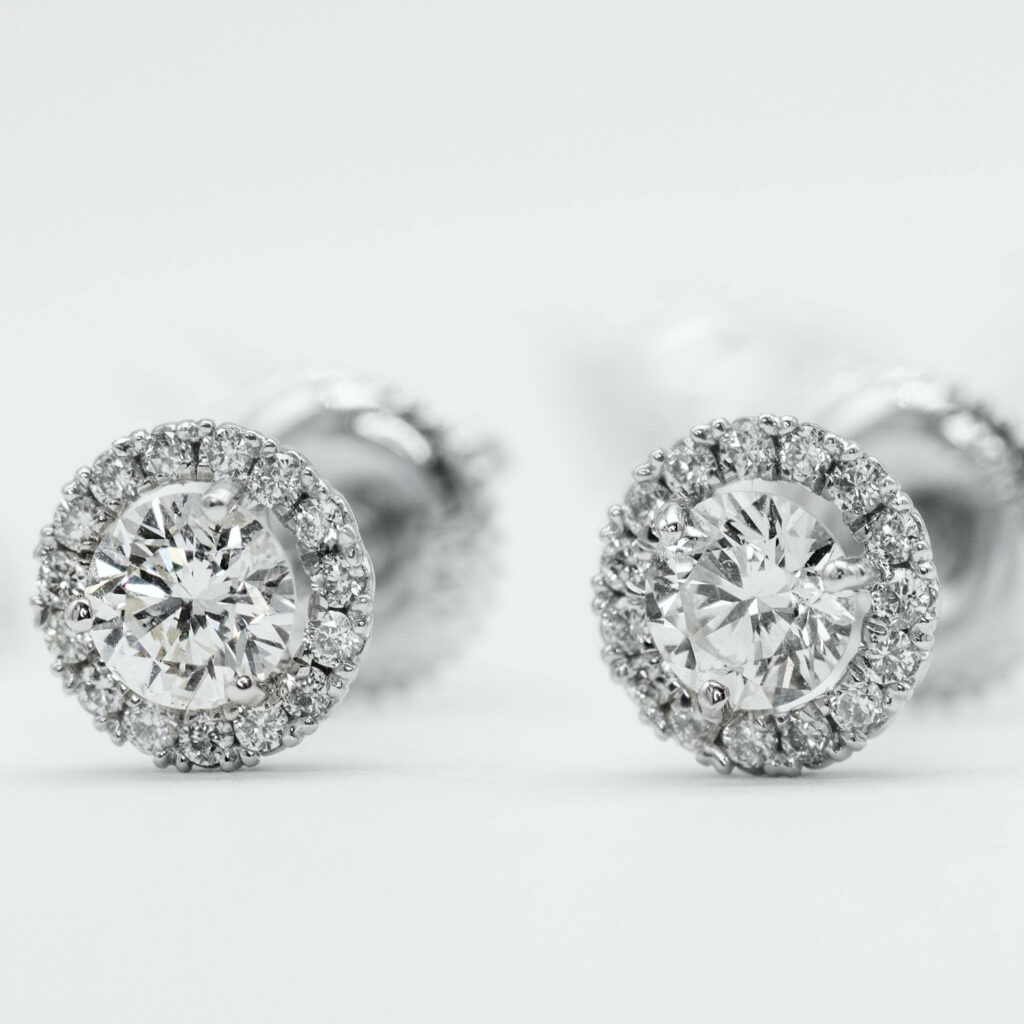
For those who like the more contemporary style, there are the Emerald and Square Emerald cuts. The shape of the diamond refers to the outlines and the cut refers to facets/shape.
As in all fields of expertise, naturally, things evolve over time with the introduction of newer technology. Diamond cutters have thus found new ways to enhance the light. Great for those who love all things shiny as new shapes have now been introduced, The Pear, Marquise, and Heart shapes are some of these. But the newest one to hit the market is the highly sought-after My Girl Diamond. This beauty is deemed to be the only diamond in the world that has the perfect balance of fire and brilliance.

